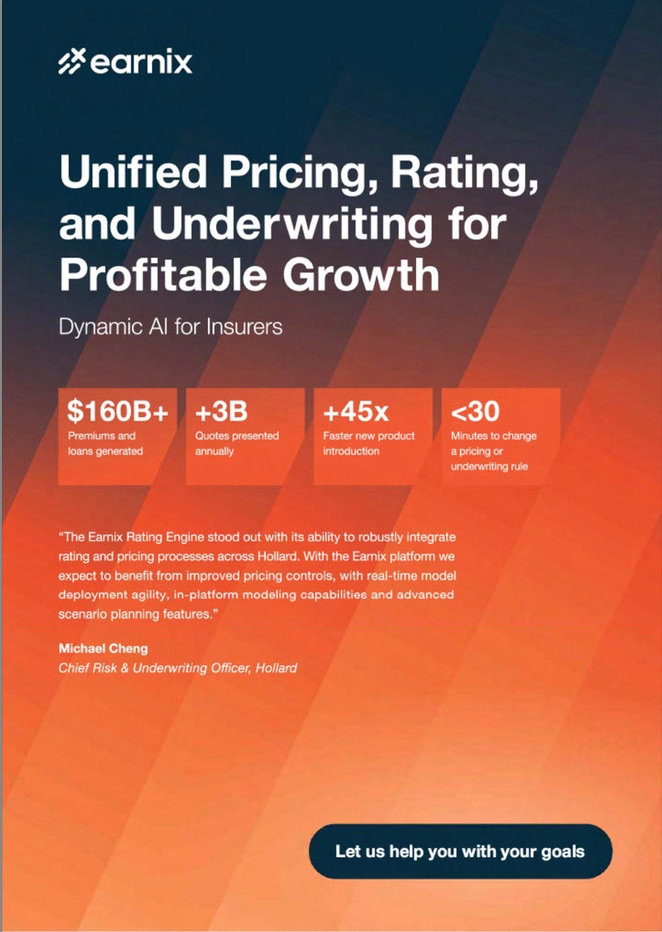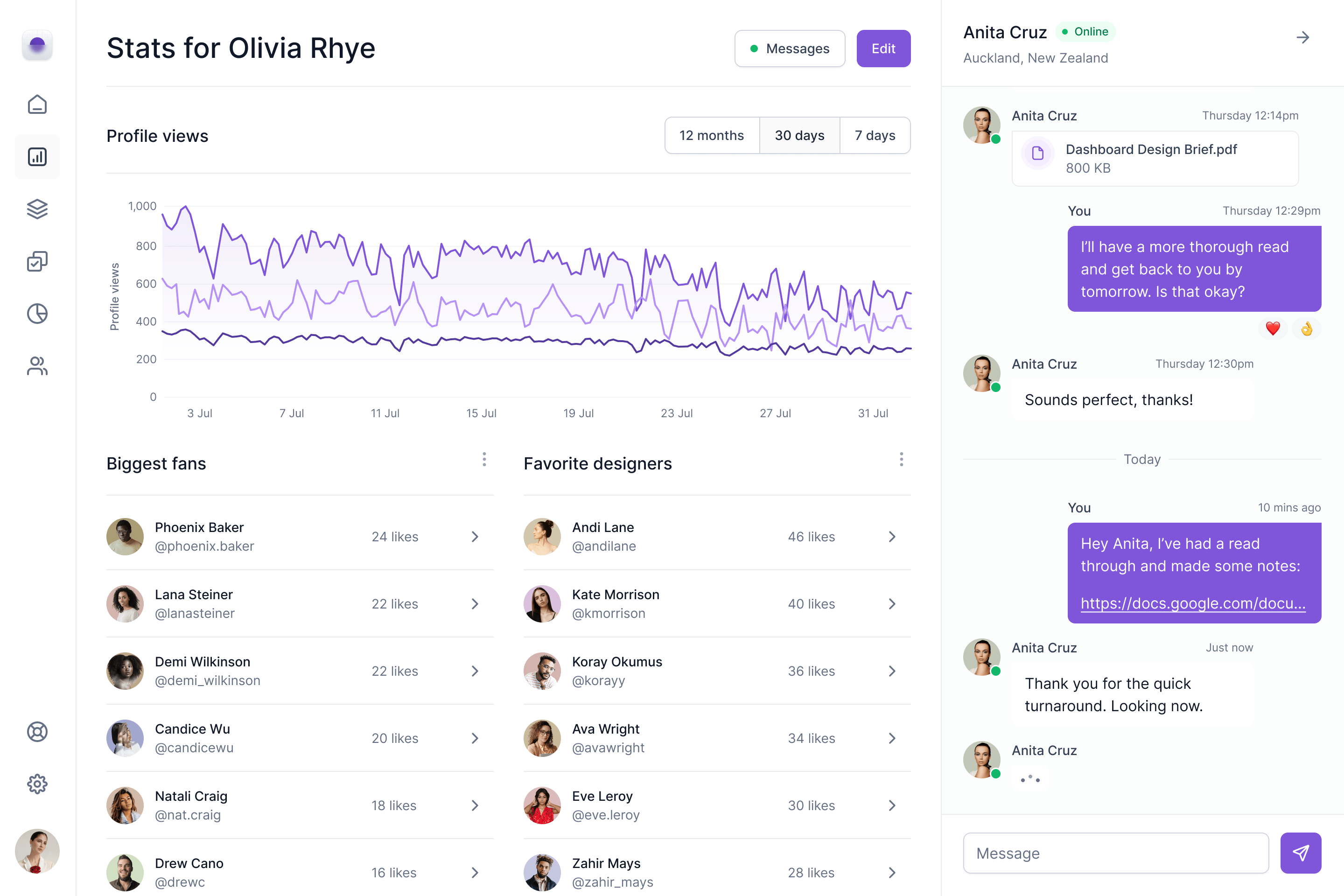Agentic AI in South Africa’s insurance industry: Best practice for pricing & underwriting

Artificial intelligence is steadily reshaping insurance, but the key to success is ensuring that progress is sustainable, trusted and creates tangible improvements. In underwriting and pricing, the conversation is starting to shift to focus beyond the impact that predictive models can have towards how AI can take on a more active role in workflows, what some call agentic AI. At its simplest, this means AI systems that don’t just calculate probabilities, but carry out defined tasks in real time, under human supervision.
For insurers in South Africa, the opportunity is significant. The industry faces persistent challenges: climate shocks that complicate risk models, pressure on affordability, and customers who expect fast, transparent service. Exploring the possibilities of Agentic AI, if applied responsibly, could help insurers respond to these demands with greater agility.
Where Agentic AI is Already Working - It’s early days of course. The truth is, agentic AI is not yet everywhere in insurance, and nor should it be. Adoption is early, but there are credible examples of how it can add value. Co-Pilot tools in claims and policy servicing are showing how AI agents can draft communications, summarise information, and guide case handlers through complex processes.Zelros by Earnix, a pioneer in AI-powered insurance distribution, has already deployed agentic AI to recommend next-best actions for brokers and agents, improving customer conversations and cross-sell opportunities.
These are not “future fantasies” but operational tools in production. They demonstrate that agentic AI can support front-line staff, improve efficiency, and help deliver more personalised customer experiences. The next step is adapting these approaches for underwriting and pricing, where accuracy and compliance are paramount.
Practical Applications in Pricing & Underwriting
The most promising early use cases in South Africa are likely to be:
- Scenario testing in pricing. AI agents can help teams run “what if” analyses in hours rather than weeks, showing how regulatory changes or new data sources affect portfolios.
- Portfolio monitoring. Instead of waiting for quarterly reports, AI agents can track real-time shifts in risk exposure, alerting underwriters when trends need attention.
- Customer engagement in distribution. By supporting brokers and direct channels with contextual recommendations, AI can make pricing more relevant and transparent for customers.
Each of these examples keeps human experts in command. The AI agent carries out repetitive, structured tasks; underwriters and actuaries interpret, challenge, and decide.



